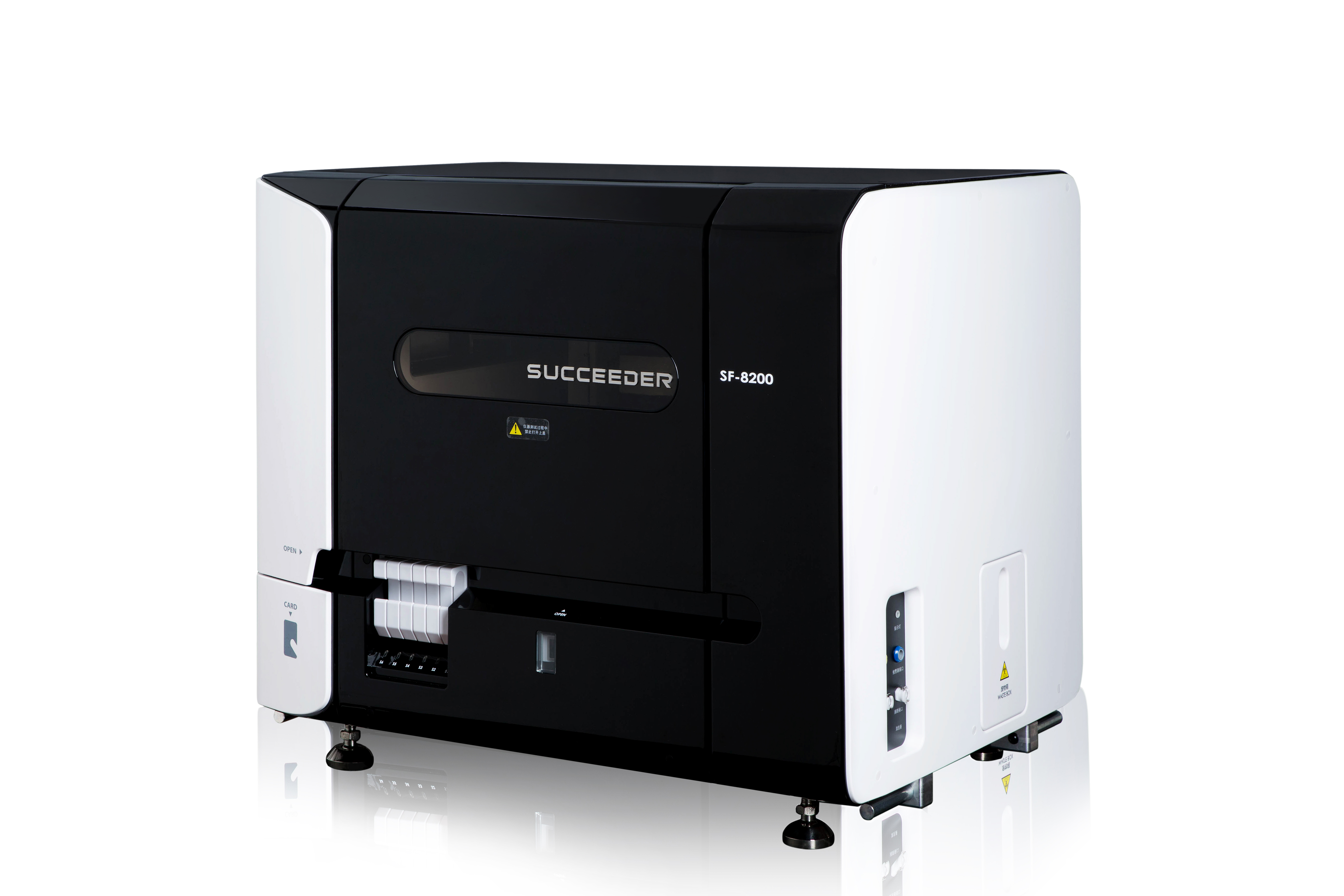Different types of purpura often manifest as skin purpura or ecchymosis, which are easily confused and can be distinguished based on the following manifestations.
1. Idiopathic thrombocytopenic purpura
This disease has age and gender characteristics, and is more common in women aged 15-50.
subcutaneous hemorrhage manifests as skin purpura and ecchymosis, with a certain regularity in distribution, commonly found in the lower and distal upper limbs. These characteristics are different from other types of subcutaneous hemorrhage. In addition, this type of purpura may also have nosebleeds, gingival bleeding, retinal bleeding, etc., often accompanied by headaches, yellowing of the skin and sclera, proteinuria, hematuria, fever, etc.
Blood tests show varying degrees of anemia, platelet counts below 20X10 μ/L, and prolonged bleeding time during coagulation tests.
2. Allergic purpura
The characteristic manifestation of the disease is that there are often inducements before the onset, such as fever, sore throat, fatigue or history of upper respiratory tract infection. subcutaneous hemorrhage is typical limb skin purpura, which is mostly seen in teenagers. The incidence rate of men is more than that of women, and it occurs frequently in spring and autumn.
Purple scars vary in size and do not fade. They can fuse into patches and gradually disappear within 7-14 days. It can be accompanied by abdominal pain, joint swelling and pain, and hematuria, just like other allergic manifestations such as vascular and nerve edema, urticaria, etc. It is easy to distinguish from other types of subcutaneous hemorrhage. Platelet count, function, and coagulation related tests are normal.
3. Purpura simplex
Purpura, also known as female prone to ecchymosis syndrome, is characterized by being more common in young women. The appearance of purpura is often related to the menstrual cycle, and combined with a history of the disease, it is easy to distinguish it from other subcutaneous hemorrhage.
The patient has no other symptoms, and the skin spontaneously presents with small ecchymosis and varying sizes of ecchymosis and purpura, which are common in the lower limbs and arms and can resolve on their own without treatment. In a few patients, the arm bundle test can be positive.



 Business card
Business card Chinese WeChat
Chinese WeChat English WeChat
English WeChat